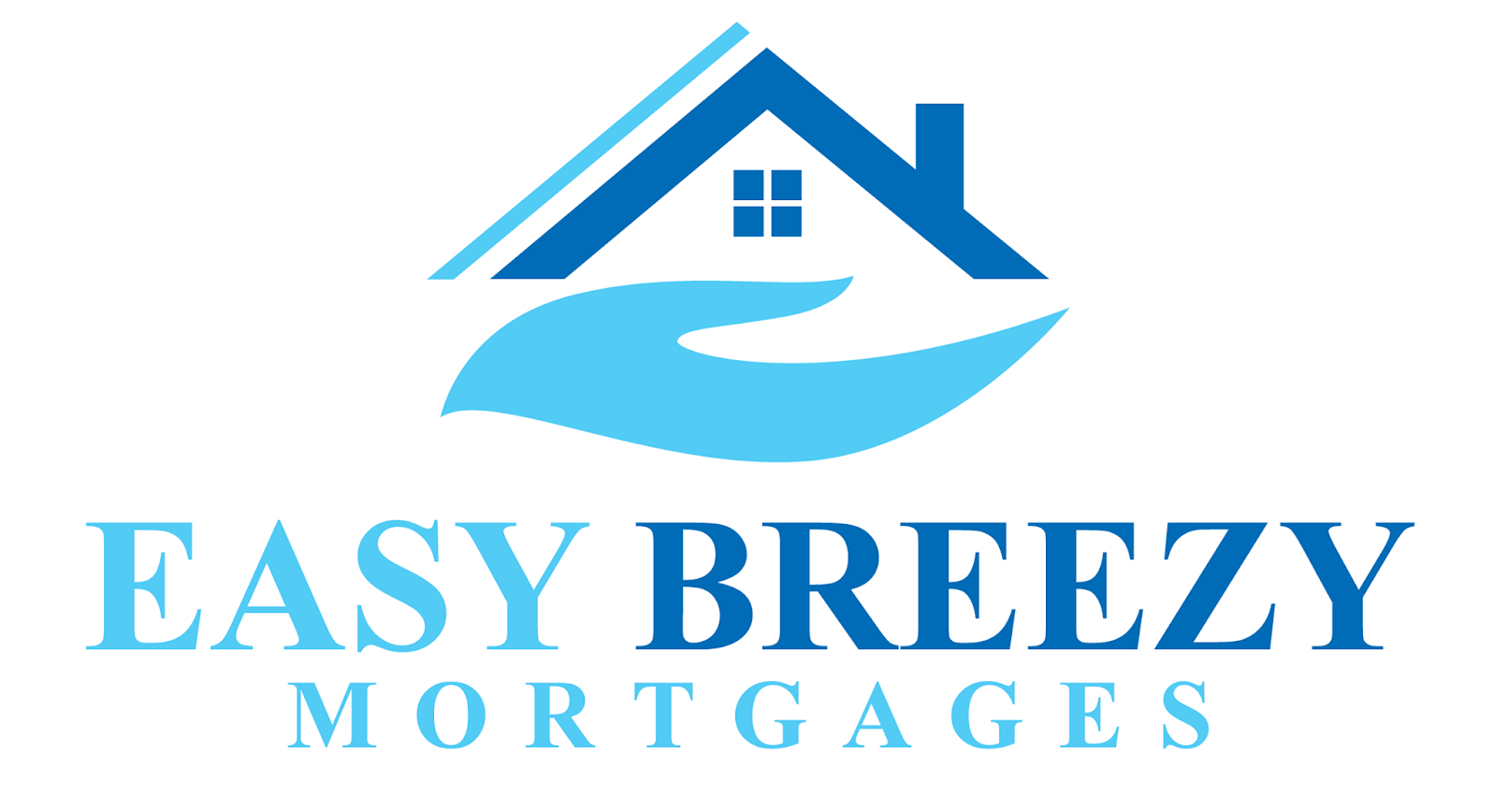From Summer Shine to Fall Fine: Smart Home Projects to Tackle Before the First Frost
As patios wind down and pumpkin spice ramps up, fall is the perfect reset for your home—and your homeowner game plan. These quick wins boost comfort, curb appeal, and efficiency now, and set you up for a low-stress winter (and a strong spring market).
1) Safety & “silent leak” checks (Weekend-ready)
- Clean gutters & downspouts. Add leaf guards where trees overhang.
- Roof scan. Look for lifted shingles, cracked flashings, or moss.
- Seal the shell. Re-caulk window/door trim; replace weatherstripping.
- Test alarms. New batteries for smoke/CO detectors; add one near bedrooms.
Why it matters: Prevent water intrusion and heat loss before storms roll in.
2) Heat smarter, not harder
- Furnace/boiler tune-up and filter change.
- Smart thermostat with schedules and geofencing.
- Draft hunt. Foam gaskets behind outlets, door sweeps on exterior doors.
ROI tip: Efficiency upgrades lower monthly bills and can improve lender ratios if you’re eyeing a refinance later.
3) Fall-proof your yard (so spring you says “thanks”)
- Aerate + overseed + fall fertilize for thicker turf next year.
- Trim trees/shrubs away from siding and power lines.
- Mulch perennials and plant spring bulbs now.
- Shut off/bleed exterior taps and store hoses to avoid burst pipes.
4) Extend outdoor season (cozy edition)
- Portable fire pit or propane heater + layered blankets.
- Path/step lighting for darker evenings (solar or low-voltage).
- Weather-resistant storage for cushions/tools to preserve value.
Neighborhood curb appeal: Warm lighting and tidy beds make a big first impression if you list in shoulder season.
5) Water management = winter peace of mind
- Re-grade low spots and add downspout extensions (2–3+ metres).
- Check sump pump (and backup).
- Look for efflorescence or damp corners in the basement.
6) Mini-renos that punch above their weight
- Entry/mudroom upgrade: hooks, bench, boot trays, closed storage.
- Laundry room tune-up: counter over machines, sorting bins, task lighting.
- Kitchen refresh: new hardware, tap, and under-cabinet lighting in one afternoon.
Budget guide: Many of these land under a micro-reno budget—perfect for a modest line of credit.
7) Indoor air quality tune-up
- Deep clean vents and dryers (including the rigid duct).
- Add door mats (exterior + interior) to catch grit/salt.
- Houseplants or HEPA purifier for closed-window months.
Fast Timeline (pin this to the fridge)
Late August–September
- Gutters/downspouts, roof/caulking, HVAC service, lawn care, plant bulbs, exterior tap shut-off plan, path lighting.
October
- Weatherstripping/sweeps, fire pit setup, organize mudroom/garage, test alarms, sump check, downspout extensions, dryer vent cleaning.
Financing smarter: make your mortgage work for your home
- Annual mortgage check-in. As rates, income, and goals evolve, a quick review can free up cash flow or open options for a small fall project budget.
- HELOC vs. top-up refinance. For bite-size projects, a HELOC can be flexible. For bigger renos you plan to pay down, a top-up refi might make more sense.
- Bundle & prioritize. Knock out the high-impact, low-cost items first (air sealing, safety, water management) before the cosmetic upgrades.
Not sure which route fits your fall plans? We’ll run the numbers and map the best financing path for your specific budget and goals.
Quick Checklist (copy/paste)
- ☐ Clean gutters/downspouts; add guards
- ☐ Roof & flashing visual check
- ☐ Re-caulk, weatherstrip, add door sweeps
- ☐ HVAC service + new filter
- ☐ Aerate/overseed/fertilize; trim trees; plant bulbs
- ☐ Path & entry lighting
- ☐ Drain/bleed outdoor taps; store hoses
- ☐ Downspout extensions; sump test
- ☐ Dryer vent cleaning
- ☐ Mudroom/garage organization
- ☐ Schedule mortgage review / discuss HELOC vs refi
Ready to make fall your low-stress season?
Book a quick fall mortgage check-up—15 minutes to see if a small credit line or a tweak to your current mortgage could cover your priority projects without straining cash flow.




